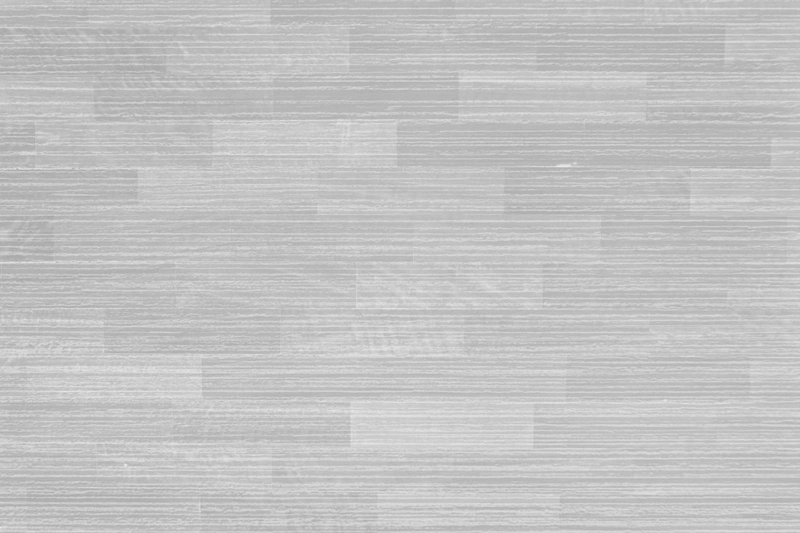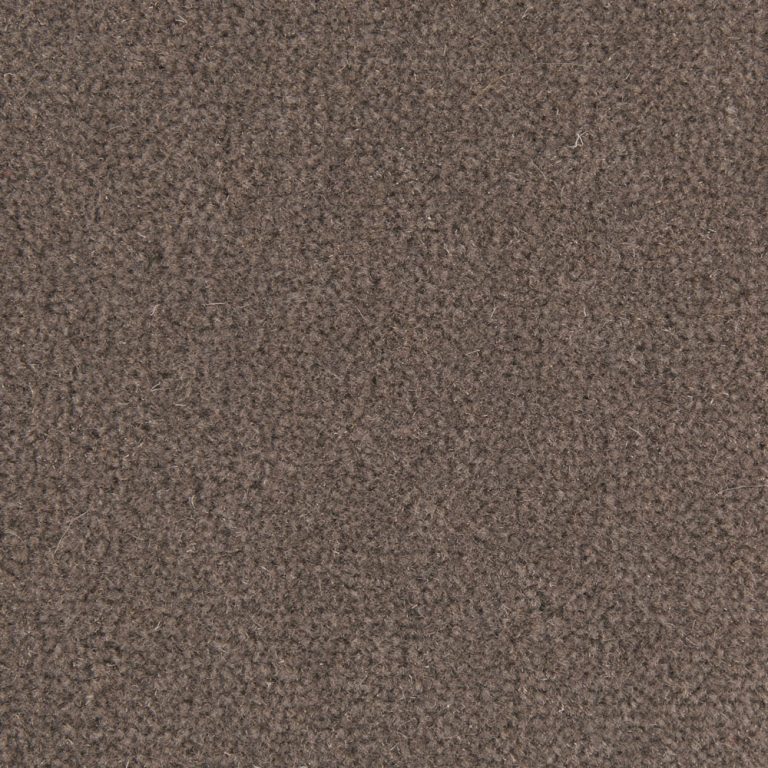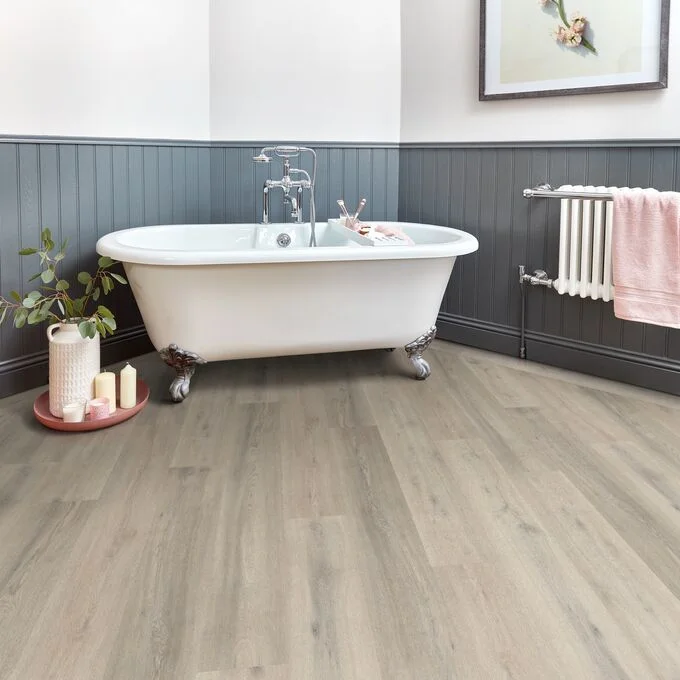If one is contemplating new flooring options, herringbone, and parquet styles have likely piqued their interest. Both designs impart a unique charm and elegance to any space; however, they possess distinct characteristics that differentiate them, contributing to their classic sophistication.
This article examines the comparison of herringbone vs. parquet flooring, as well as the benefits each style presents, including their impact on property value. Additionally, it addresses critical considerations such as cost, maintenance tips, and suitability for high-traffic areas, thereby assisting homeowners in making an informed decision for their residence.
What Is Herringbone Flooring?
Herringbone flooring is a prime example of timeless elegance, renowned for its sophisticated interiors and exquisite designs.
Herringbone flooring is a distinctive and timeless style characterised by its unique geometric patterns and diagonal patterns, where small planks are arranged in a zig-zag design that creates a visually appealing effect. This elegant design has deep roots in history, often associated with the rustic beauty of Victorian aesthetics, and has been favoured by European aristocrats since the 16th century, particularly in locations like the Palace of Versailles, Rome, and the UK.
Homeowners today appreciate herringbone flooring for its ability to add sophistication and charm to various home styles, making it a popular choice for both modern and traditional interiors, and enhancing overall flooring effects.


See product: Ted Todd Classic Tones Annesley – Narrow Herringbone (490mm x 70mm)
What Is Parquet Flooring?
Parquet flooring is an example of authentic appeal, offering diverse flooring designs that contribute to aesthetic qualities.
Parquet flooring is a renowned flooring option that features a mosaic of wood pieces arranged in intricate patterns and modular patterns, offering a classic and luxurious appeal to any space. It comes in various types, including luxurious options like solid wood, engineered parquet, the elegance of luxury vinyl tile (LVT flooring), and modern alternatives such as LVT flooring and laminate parquet.
This versatile flooring choice allows homeowners to create unique designs that enhance the aesthetic qualities of their interiors, including sophisticated interiors, and reflect their style, making parquet a favoured choice in both contemporary and traditional settings.
The Similarities Between Herringbone vs. Parquet Flooring
Both herringbone and parquet flooring share a commitment to elegance and visual appeal, characterised by their intricate designs that contribute to the overall sophistication of a space, enhancing flooring trends. These flooring styles utilise geometric patterns and flooring patterns that deliver a striking visual impact and can enhance various home styles, whether they lean towards rustic charm or modern elegance.
Both options are available in a variety of materials, allowing homeowners the flexibility to choose from solid wood, engineered options, or synthetic alternatives to suit their budget and aesthetic preferences.
The allure of herringbone and parquet flooring extends beyond mere aesthetics. They are celebrated for their versatility in design and flooring choices, effortlessly complementing traditional interiors while also fitting seamlessly into contemporary decors. Homeowners enjoy endless possibilities in customisation, choosing from various finishes, colours, and grain patterns.
- Installation: Both flooring types require specific techniques for installation. Herringbone generally demands a precise alignment due to its angular pattern, whereas parquet might offer a slightly more forgiving layout, depending on the design.
- Maintenance: In terms of upkeep, while both types are generally durable, solid wood options for each may need periodic refinishing to preserve their beauty, whereas engineered and synthetic alternatives often require less maintenance.
Understanding these shared characteristics allows homeowners to make informed decisions based on individual style and practicality.
The Differences Between Herringbone vs. Parquet Flooring
While both herringbone and parquet flooring offer unique aesthetic qualities, they differ significantly in their patterns, installation processes, and overall characteristics. Herringbone is defined by its distinctive zig-zag design with sharp angles, whereas parquet includes a broader range of patterns, such as the chevron pattern and modular patterns. The installation process for herringbone flooring can be more complex due to its specific layout requirements, often resulting in higher labour costs compared to standard parquet options that provide more straightforward layouts and may fit various budget considerations.
When exploring flooring technology and flooring materials, it becomes clear that these two styles cater to different tastes and practicalities. Herringbone’s striking visuals may appeal to traditionalists and modernists alike, as it commands attention while offering a sense of elegance. Conversely, parquet can evoke a variety of styles, from rustic to contemporary, depending on the chosen arrangement and wood type, including advanced engineering for modern living.
In terms of installation, herringbone requires precise cuts and alignment, underscoring why professional installation is often recommended for best results. This not only impacts the overall flooring trends but also adds to the total cost, which can fluctuate significantly based on material choice and labour. Parquet, on the other hand, presents more flexibility—affordable DIY options are available owing to its simpler layout, making it an attractive choice for budget-conscious homeowners considering budget considerations:
- Herringbone offers high visual impact but demands expert installation.
- Parquet is versatile and often easier to install.
- Costs for herringbone typically exceed those for parquet, especially considering installation.
The Benefits Of Herringbone Flooring
Herringbone flooring offers several benefits that make it an attractive choice for homeowners seeking to enhance their interiors. Primarily, it significantly adds visual interest to spaces, thanks to its captivating geometric pattern that draws the eye.
Additionally, herringbone flooring is known for its durability and long-lasting nature, often made from high-quality materials such as hardwood or engineered wood, ensuring it withstands high-traffic areas.
Its versatility in design also allows homeowners to incorporate it into various home styles, from traditional to contemporary, making it a timeless option for any interior.
1. Adds Visual Interest
One of the standout benefits of herringbone flooring is its ability to add visual interest to any space, thanks to its intricate geometric patterns and unique designs. The dynamic zig-zag layout captures attention and creates a sense of movement, making it a perfect choice for rooms that aim to make a statement. Whether used in a large open area or a smaller room, herringbone flooring enhances the overall aesthetic, allowing homeowners to express their style through a captivating design.
Incorporating this trendy flooring into a variety of settings can entirely transform the ambience, enhancing the overall home interior. For instance, while a sitting room may benefit from the warmth and charm of wood herringbone planks, a contemporary kitchen can achieve a sophisticated edge with sleek tiles in a herringbone pattern.
Likewise, using herringbone in an hallway not only creates a striking first impression but also draws guests into the space, making it feel inviting and stylish. Below are some examples of ideal settings:
- Sitting Room: Adds elegance and enhances visual depth.
- Kitchen: Offers a chic, contemporary touch.
- Hallway: Creates a welcoming atmosphere.
By selecting the right materials and colours, this flooring can seamlessly connect with various decor styles, from traditional to contemporary, ensuring that it elevates the beauty and functionality of every room.
2. Durable And Long-lasting
Herringbone flooring is renowned for its durability and long-lasting qualities, making it a reliable choice for homeowners, especially in high traffic areas. Typically crafted from resilient materials like hardwood or engineered wood, this flooring can withstand the wear and tear of daily use while maintaining its beauty over time. Its robust construction ensures that herringbone flooring not only provides a stunning aesthetic but also serves as a practical solution for busy households and commercial spaces alike.
When comparing herringbone flooring to other popular options such as laminate or traditional tiles, one can observe significant advantages. While laminate may offer affordability, it lacks the authentic feel and longevity of quality hardwood or engineered wood floors.
Herringbone designs, often made from oak, walnut, or cherry, provide a unique visual appeal that enhances any room’s character, contributing to their timeless elegance. To ensure the longevity of this exquisite flooring choice, regular maintenance is essential.
- Use gentle cleaners specifically designed for wood.
- Avoid excessive water exposure to prevent warping.
- Implement a routine of sweeping or vacuuming to eliminate dirt and debris.
- Consider applying protective pads under furniture to prevent scratches and maintain the flooring’s exquisite designs.
By taking these steps, homeowners can enjoy the stunning aesthetics and durability of herringbone flooring for years to come.
3. Versatile In Design
Another significant advantage of herringbone flooring is its versatility in design, allowing it to blend seamlessly with various home styles and interior themes. Whether you are aiming for a rustic, Victorian look or a modern aesthetic, herringbone flooring can adapt beautifully to your vision while infusing spaces with sophistication.
Homeowners have a wide array of flooring choices to consider, from colour variations to material types, making it easy to curate a cohesive and stylish interior that reflects personal taste.
For instance, in a cosy farmhouse setting, pairing herringbone flooring with reclaimed wood furniture enhances the rustic charm, creating an inviting atmosphere that echoes Victorian aesthetics.
Conversely, in minimalist contemporary homes, the sleek lines of herringbone in lighter tones can perfectly complement modern furnishings, adding a touch of elegance without overwhelming the space.
- Colour schemes: Light oak or whitewashed options work well with airy, bright themes.
- Material types: A mix of hardwood and engineered options allows for practical durability.
- Accents: Area rugs can introduce contrasting colours that enhance the flooring’s geometric pattern.
Thus, herringbone flooring is not just a choice; it’s a transformative element that enriches overall design cohesion in any home.
The Benefits Of Parquet Flooring
Parquet flooring presents numerous benefits that make it an appealing choice for modern homeowners seeking both style and functionality. One of its key advantages is its ability to add a classic and elegant look to interiors, often drawing on intricate patterns that evoke a sense of sophistication.
Additionally, parquet flooring is known for its ease of installation and repair, allowing for a smoother and quicker setup process. Homeowners also appreciate the customisation options available, enabling them to tailor their flooring to fit their unique aesthetic preferences and functional needs.
1. Adds A Classic And Elegant Look
The herringbone pattern, reminiscent of the elegance found in the Palace of Versailles, adds a classic and elegant look to interiors.
One of the primary benefits of parquet flooring is its ability to add a classic and elegant look to any space, enhancing the overall aesthetic qualities of a room. The intricate patterns and designs associated with parquet flooring evoke a sense of timeless sophistication, making it a preferred choice for homeowners who appreciate traditional styling. Whether incorporated into a dining room, living area, or hallway, parquet flooring effortlessly elevates the ambience, establishing a refined and inviting atmosphere.
To further enrich this visual appeal, various parquet flooring styles offer numerous design elements that make each installation unique. Homeowners can choose from classic herringbone and chevron patterns, which bring a dynamic touch to flat surfaces, to more contemporary designs like random-width configurations that draw the eye.
A diverse range of colours, from rich dark woods to lighter, airy hues, allows for seamless integration with existing decor. These choices not only enhance the room’s character but also set the mood, whether it’s a warm, cosy environment or a bright, modern space.
- Materials: Solid hardwoods, engineered options, and eco-friendly alternatives.
- Patterns: Herringbone, chevron, basket weave, and more.
- Colours: From deep mahogany to light oak shades.
By thoughtfully selecting these elements, one can truly maximise the elegance and charm that parquet flooring brings to the interior design landscape.
2. Easy To Install And Repair
Parquet flooring is widely recognised for its ease of installation and repair, making it a practical flooring option for homeowners.
The modular nature of parquet allows for straightforward installation, often enabling DIY enthusiasts and engineers to undertake the project themselves without the need for professional help.
This user-friendly design is complemented by a variety of tools and techniques that simplify the process, such as snap-together systems and interlocking edges, which significantly reduce the time and effort involved.
In case of damage, repairing parquet flooring is typically uncomplicated, as individual tiles or planks can be replaced without disturbing the entire floor, providing a cost-effective solution for maintaining its beauty.
The accessibility of repair kits and guides enhances the appeal, enableing homeowners to restore their flooring with minimal dependency on external assistance.
Ultimately, these advantages not only bolster the aesthetic value but also solidify the practicality of choosing parquet flooring in various residential settings, from Rome to the UK.
3. Can Be Customized
One remarkable benefit of parquet flooring is its high degree of customisation, allowing homeowners to create unique designs that reflect their individual preferences and style. Parquet can be tailored in terms of material, colour, and pattern, which means homeowners have the freedom to curate a floor that complements their home’s overall aesthetic. This level of personalisation not only enhances visual appeal but also ensures that each parquet installation is a true representation of the homeowner’s vision.
When considering parquet flooring, options abound for creating distinctive patterns, such as herringbone, chevron, or even bespoke geometric designs.
- For materials, elegant hardwoods like oak or walnut offer durability and warmth, while engineered wood provides versatility and cost-effectiveness.
- Colours range from rich, dark stains that convey sophistication, to lighter, natural tones that evoke a sense of spaciousness and brightness.
These customisation choices influence not only the floor’s aesthetics but also its functionality, merging beauty with practicality.
For example, a vibrant, modern colour scheme can dramatically elevate a minimalist interior, giving it a splash of character that speaks volumes about the homeowner’s taste.
Herringbone vs. Parquet Flooring: Which Is More Expensive?
The luxury of herringbone often comes with a higher cost, similar to flooring finishes seen in the homes of European aristocrats.
When comparing the costs of herringbone and parquet flooring, several factors come into play, including materials, installation complexity, and overall design.
Generally, herringbone flooring tends to be more expensive than standard parquet due to its intricate design and the labour-intensive installation process. While herringbone often requires higher-quality materials like hardwood, parquet offers a wider range of budget-friendly options, including LVT and laminate parquet, making it accessible for various financial considerations.
Herringbone vs. Parquet Flooring: Which Is Easier To Maintain?
Regarding maintenance, both herringbone and parquet flooring have specific requirements that homeowners need to consider, each with its own set of advantages.
Generally, parquet flooring is considered easier to maintain due to its more straightforward designs and often lower installation costs. However, well-maintained herringbone flooring, especially when crafted from durable materials, can also offer long-lasting beauty with proper care.
Understanding the differences in maintenance requirements can help homeowners make informed decisions based on their lifestyles and preferences.
Which Is Better For High Traffic Areas: Herringbone Or Parquet Flooring?
Choosing the right flooring for high traffic areas is crucial for durability and longevity, making the comparison between herringbone and parquet flooring significant.
Herringbone flooring, often made from robust materials like hardwood, can withstand heavy foot traffic while maintaining its aesthetic appeal. On the other hand, parquet flooring offers various options, including luxury vinyl tile (LVT) and laminate, which are designed to resist wear and tear, making it a versatile choice for busy households.
Ultimately, understanding the characteristics of each option can help homeowners select the best flooring based on their specific needs.
Herringbone vs. Parquet Flooring: Which Is More Popular?
The popularity of flooring styles can often fluctuate based on design trends and homeowner preferences, leading to a fascinating comparison between herringbone and parquet flooring.
Herringbone has seen a resurgence in recent years, often celebrated for its classic sophistication and ability to complement various home styles, making it a popular choice for many discerning homeowners.
Meanwhile, parquet flooring remains a timeless favourite, offering a variety of patterns and customisation options that appeal to a wide audience, ensuring both styles maintain a strong presence in the market.
How To Choose Between Herringbone And Parquet Flooring
When choosing between herringbone and parquet flooring, consider the flooring characteristics that best suit your needs.
Deciding between herringbone and parquet flooring involves careful consideration of various factors that align with a homeowner’s preferences, budget, and design vision.
Both flooring styles offer distinct characteristics; herringbone is celebrated for its sharp angles and sophisticated aesthetic, while parquet provides versatility and customisation options to fit different interior themes.
Homeowners should assess their specific needs, including durability, maintenance, and visual appeal, to make an informed choice. Considering options like LVT flooring or traditional wood can enhance their home’s interior design, blending well with Victorian aesthetics or modern styles.
Choosing the right flooring pattern ultimately depends on your personal style, the space you’re working with, and the ambiance you want to create. Whether you lean toward the refined look of herringbone or the classic patterns of parquet, professional installation is essential to achieving a flawless finish.
But bringing your dream floor to life requires more than just the right materials—it takes skilled installation to make it truly shine. That’s why TEKA Flooring is your ideal partner. When you choose TEKA Flooring, you’re choosing precision, professionalism, and a team that’s passionate about bringing your flooring vision to reality.
Make an appointment with TEKA Flooring today, and let us help you make the best choice for a beautiful, lasting finish you’ll love for years to come.
Read also:

































